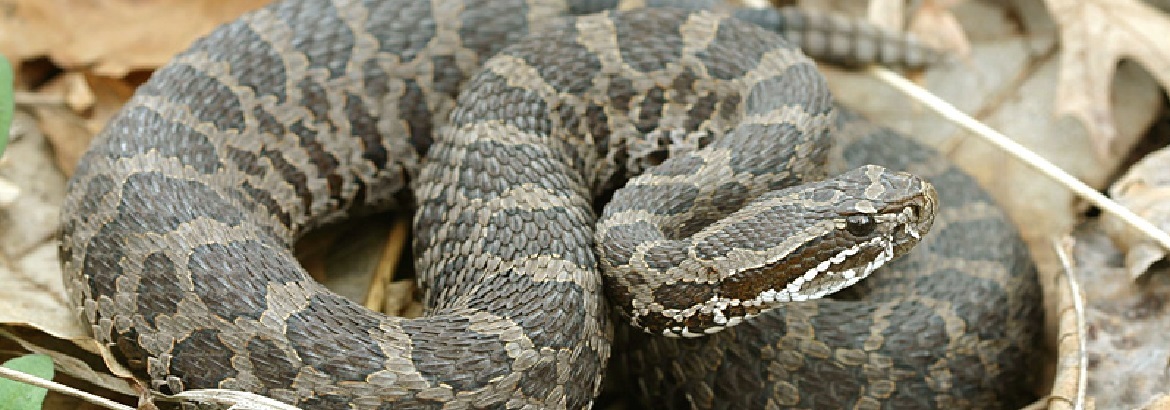 Using the PNHP Species Lists
Using the PNHP Species Lists
The Environmental Review List and the Species and Natural Features List allows users to view and sort species by scientific name, common name, and federal and state conservation status. Many species also have factsheets available for download, provided through NatureServe Explorer, US Fish and Wildlife Service, Pennsylvania Game Commission, and/or PNHP.
Conservation Status Definitions
Federal Status: The current federal status of a species. Federal Status is determined by the United States Endangered Species Act of 1973: Public Law 93-205. U.S. Fish and Wildlife Service.
State Status: The current legal status of a species. An absence of status code in this field indicates that the species has no current legal status. State Status is defined by the following regulatory authorities: Plants: Title 17 Chapter 45, Conservation of Native Wild Plants, January 1, 1988; DCNR; Mammals and Birds: Title 34 Chapter 133, Game and Wildlife Code, revised Dec. 1, 1990, PGC; and Fish, Reptiles, Amphibians, And Aquatic Invertebrates: Title 30, Chapter 75, Fish and Boat Code, revised February 9, 1991; PFBC.
Proposed DCNR Status: The proposed legal status, which has not yet gone through procedures to make the changes official in the authorities listed above. An absence of status code in this field indicates that no changes to the current legal status are proposed.
- Under Review: This is not a legal status, but indicates that these DCNR species are high priorities for additional research to inform the proposed state status
- Delist: DCNR species proposed for delisting
Global Rank: Global Rank Conservation status ranks are based on a NatureServe standardized one to five scale, ranging from critically imperiled (G1) to demonstrably secure (G5).
State Rank: State Rank Conservation status ranks are based on a NatureServe standardized one to five scale, ranging from critically imperiled (S1) to demonstrably secure (S5).
Definitions of the status and rank codes can be found here.
Filtering Species by Conservation Status
Using the species status filter, users can filter species by their conservation status. The following filters are available on the Environmental Review List and the Species and Natural Features List:
Threatened and Endangered species are plants and wildlife with a current legal status of Pennsylvania Threatened or Endangered, previously extirpated species that have been found to exist and are treated as Pennsylvania Endangered, and federally Threatened or Endangered species. Endangered species are in danger of extinction throughout most of their natural range within Pennsylvania. Threatened species may become endangered throughout most or all of their natural range within Pennsylvania, if critical habitat is not maintained to prevent their future decline.
Special Concern Species and Resources are plants, wildlife, or ecological features that are not currently listed as threatened or endangered by a jurisdictional agency, but are identified as at risk and are present in the Pennsylvania Conservation Explorer. These include:
- Species with a current State Status of Rare (PR)
- Candidate, tentatively undetermined, special concern populations, or unlisted species with a Proposed State Status of Rare, Threatened, or Endangered
- Taxa and features of conservation concern, but lacking regulatory protections
The following filters are only available on the Species and Natural Features List:
Pennsylvania Extirpated species are plants and wildlife that are believed to be locally or regionally extinct from the state of Pennsylvania. PNHP maintains this list to preserve a record of what has been lost from the state and to ensure that conservation scientists have access to a list of species that should be reported if new occurrences are found.
A Species of Interest is a plant or wildlife species that are not present in the Pennsylvania Conservation Explorer but tracked by PNHP for one or more of the following reasons:
- Special Concern Population , including regionally disjunct populations that are not present in the Conservation Explorer
- Species vulnerable to climate change
- Species that are host plants for rare terrestrial invertebrates
- Recently delisted species (to ensure its population does not decline again)
- Species with S1, S2, or S3 NatureServe Rank and no state status or state proposed status yet
- Research or studies are in progress to determine status
Pennsylvania Vulnerable plants are regulated in the Pennsylvania Code regulation, Conservation of Pennsylvania Native Wild Plants, Title 17, Chapter 45. These species are tracked because they are desirable to the public for their collection value, which puts them at risk for potential population decline. These species are not part of the environmental review process, but are tracked by PNHP biologists to ensure they do not become rare, threatened, or endangered due to overcollection.
Species of Greatest Conservation Need (SGCN) are native wildlife species facing significant threats, declining populations, or for which Pennsylvania is responsible for a significant portion of the species’ range that are identified in the Pennsylvania Wildlife Action Plan (WAP). PNHP tracks many, but not all SGCN. The comprehensive list of all SGCN can be viewed here. Asterisks (*) in the tables indicate SGCN species that are tracked by PNHP.
Filtering Species Lists by Taxa, County, and Watershed
- Select the taxa group of interest in the “search” drop down menu in the top left (choose either “all species” or a single group such as “reptiles and amphibians”)
- If you don’t want to see a list for all of Pennsylvania, filter by location. Select the county or watershed of interest. If you do not select a county or watershed, you will see results for all of Pennsylvania.
- First use the toggle buttons to select whether you want to filter by county or by HUC 8 watershed
- Then, select the watershed or county of interest in the drop-down menu below the toggle buttons
Sorting
You can sort by any of the table columns by clicking the top of each column. For example, results can be sorted from globally most to least threatened or alphabetically by species name.
Exporting Species Lists
To download a list of species, click the 'Export to CSV' button.






